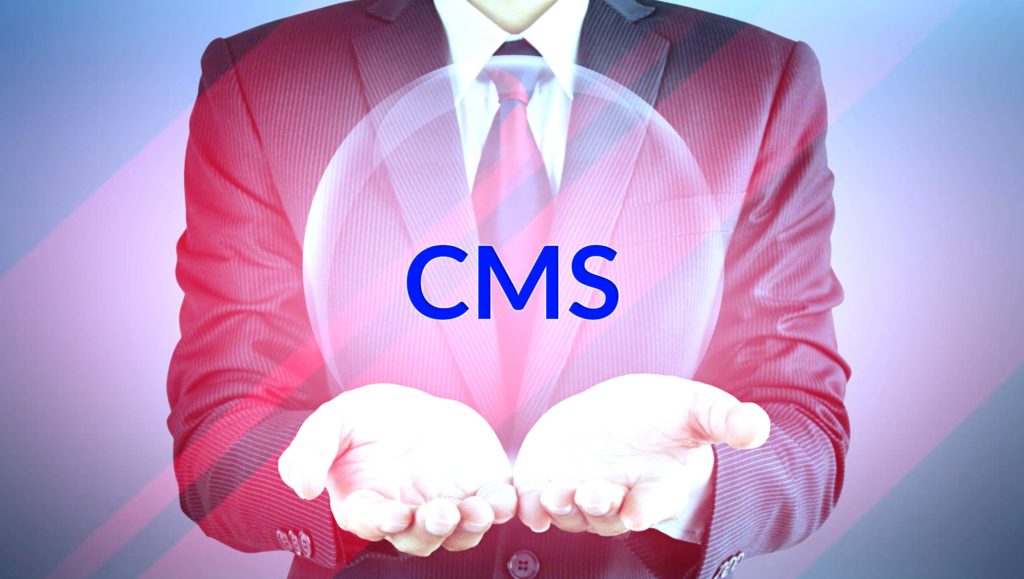We’ve finally reached a turning point: open-source can now be viewed as a pure advantage. In fact, open-source has evolved over the past few decades to become a crucial part of the IT landscape. Red Hat’s annual State of Enterprise Open Source report, which surveyed 950 global IT leaders, states that an increasing number of enterprises are using open source. Sixty-nine percent of the survey’s respondents indicated that usage of enterprise open source is either important or very important for their organizations, and 45 percent of enterprises use open source for website development.
Why Open Source for CMS?
When it comes to CMS solutions, there are open source and proprietary CMS solutions. A proprietary CMS is completely built and maintained by a single company. The source code of such CMS cannot be changed or distributed without complying with licensing agreements. The license owner can restrict the use, access, and modification of their source code. Not to mention that the licensing fees to use these proprietary platforms can be astronomical, upwards of hundreds of thousands of dollars a year.
Arguments enterprises often use against open source software is that they are not secure, are not as enterprise-ready or focused as proprietary systems, and that the company might not stick around to support the end-user because it’s mostly made up of a community of developers. On the contrary: the Red Hat survey indicates that enterprise open-source use is increasing, with 68% of survey respondents reporting they increased their use of enterprise open-source software, and 59% saying they plan to further increase their use of enterprise open-source software in the next 12 months.
Read more: Why Travel and Retail Experience Landed Me in MarTech
What’s the Real Benefit of Open Source to a CMS?
With the growth of open source in use in applications such as Websites, Cloud Management and Data and Analytics tools, there are a host of benefits to be gained by using an open-source CMS, including:
- Open-source CMS is free to use. This is a huge benefit to organizations with small budgets, as it reduces development costs and saves on licensing fees as there are none.
- Open source projects reside as part of a living community, which adds pull requests and free add-ons to the software. Open source does more than simply fixes glitches because the software stands on thousands of real-life projects. By nature of the sharing mentality associated with open source projects, there are more options for support and inspiration found in the communities created around open source projects.
- Worldwide developer use means greater flexibility. Open source is widely known and used by programmers across the globe, giving you greater access to more developers for your project. More people collaborating on code means more options for your website development needs.
- Regular updates. Since open-source CMS is updated frequently, you’ll realize faster response time to fix glitches, meaning your project can be completed faster.
How to Choose the Right Open Source CMS?
When it comes to choosing the right open source CMS, there are several criteria to consider. When Jessica Rowe, owner of Meta Consults, a full-service digital marketing firm, sought a CMS to meet a variety of her clients’ needs, she created a comprehensive checklist including:
- Site usability: is it responsive, easy to navigate, searchable and modern looking?
- Security: is the site secure? Is the CMS prone to data concerns?
- Administration: are there admin roles for access levels? Can the right people access the right information?
- Authoring: is content easy to edit? Are templates easy to use? Are pages easy to clone?
- Digital Asset Management: are images and files easily uploaded? Are Videos easy to implement? Are banners and widgets easy to place?
- SEO: are template and URL structures user friendly? Optimal on any device?
- Analytics: does CMS have baseline performance analytics?
- Development: is the CMS easy to use without developer intervention?
- Form management: are forms templated and easy to use?
- Cost: is the CMS reasonably priced?
“Creating a solid digital hub should start with a CMS selection process,” said Rowe. “Do a thorough evaluation based on your needs, do not assume for a second that the most expensive CMS is probably the best.”
The criteria Rowe put together was specific to a finance-specific site they were building at the time. For example, they were especially focused on security, though the overall features were broadly applicable or at least served as a good resource.
Read more: Why You Need to Allocate Marketing Spend to the Post-Purchase Experience
Additionally, features like flexibility, ability to reuse widgets or have different levels of access, keeping people from breaking things – these are key elements for a CMS project in any field. In the end, the CMS Rowe chose was an open-source CMS – which Rowe found also met their security requirements. Did the solution prove its worth? Here are the results from one project Rowe shared.
Website Redesign for North American Savings Bank
In the month prior to the website redesign, the bank was experiencing 0 of the top 10 organic search landing pages on mybbmc.com that were related to VA loans. Organic leads were less than 100 per month with less than 8 loans.
After years of BBMC’s relative flat organic traffic, there has been a steady up-tick since the beginning of 2017. In the 30 days post-redesign: 4 pages in the top 10 organic result landing pages are now related to VA loans.
Additionally:
- Six months post redesign, NASB.com’s organic site traffic was up 22,7 percent overall.
- KEY conversion page traffic was up nearly 400 percent (373 for the mortgage, 379 deposit services)
- Pageviews were up 211 percent (to 2.3 m)
- Pages-per-visit was up 154 percent
- Bounce rate was down 97 percent
- The website now generates more than 50 closed loans each month and the number is still growing.
When choosing a CMS, do your homework. In comparing open source CMS to closed source CMS solutions, keep in mind the many benefits offered by open source. More people collaborating means an improved website experience overall.
Read more: e→d Films Thrives Online Thanks to New E-Commerce-Based CMS





















